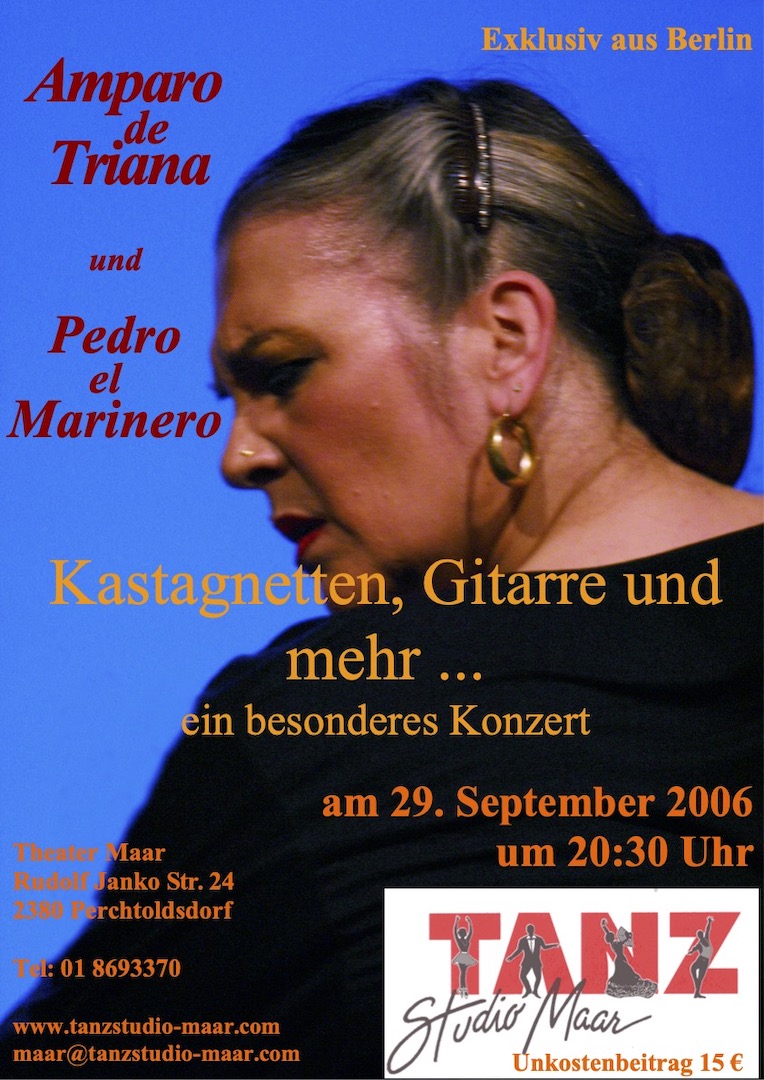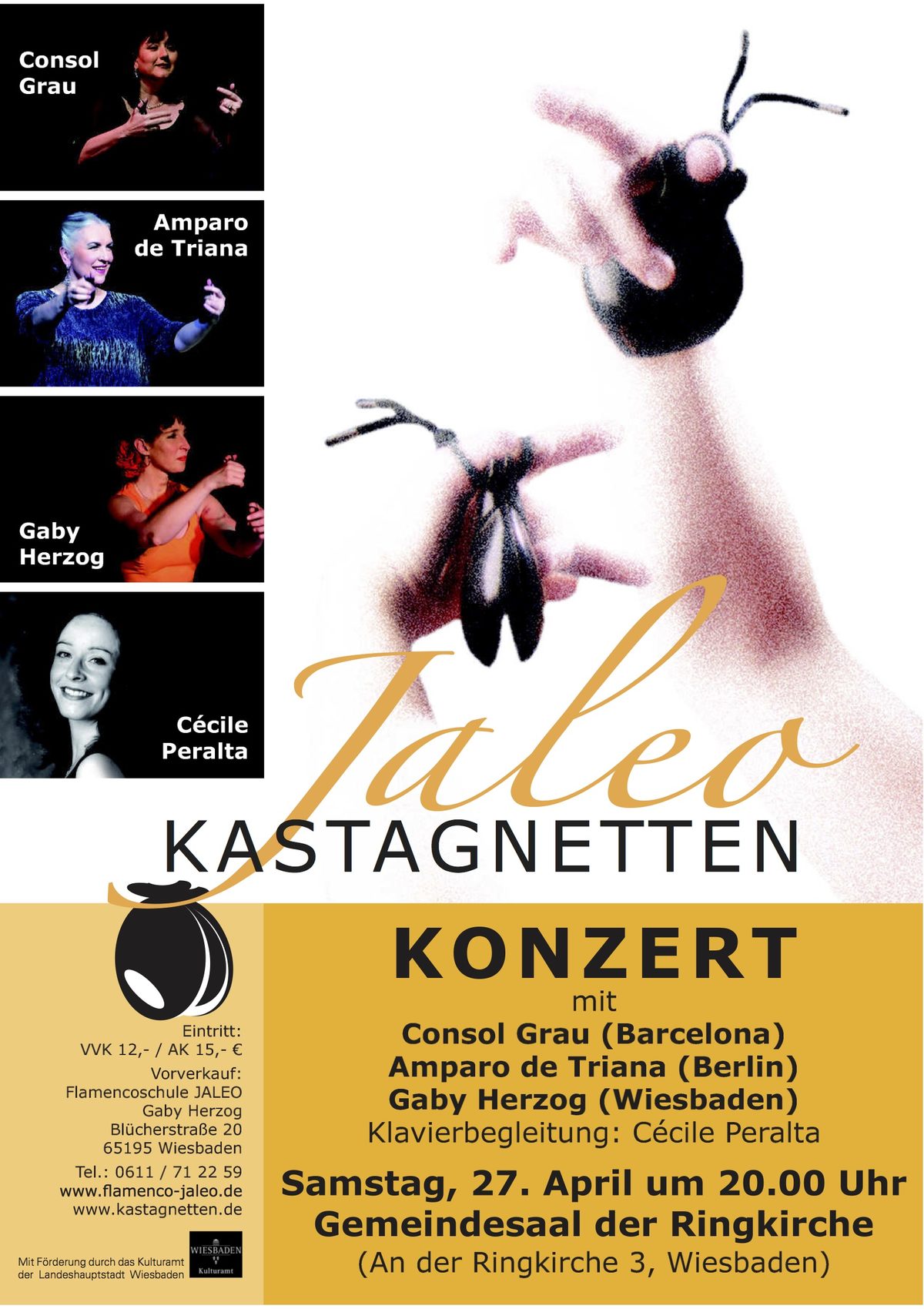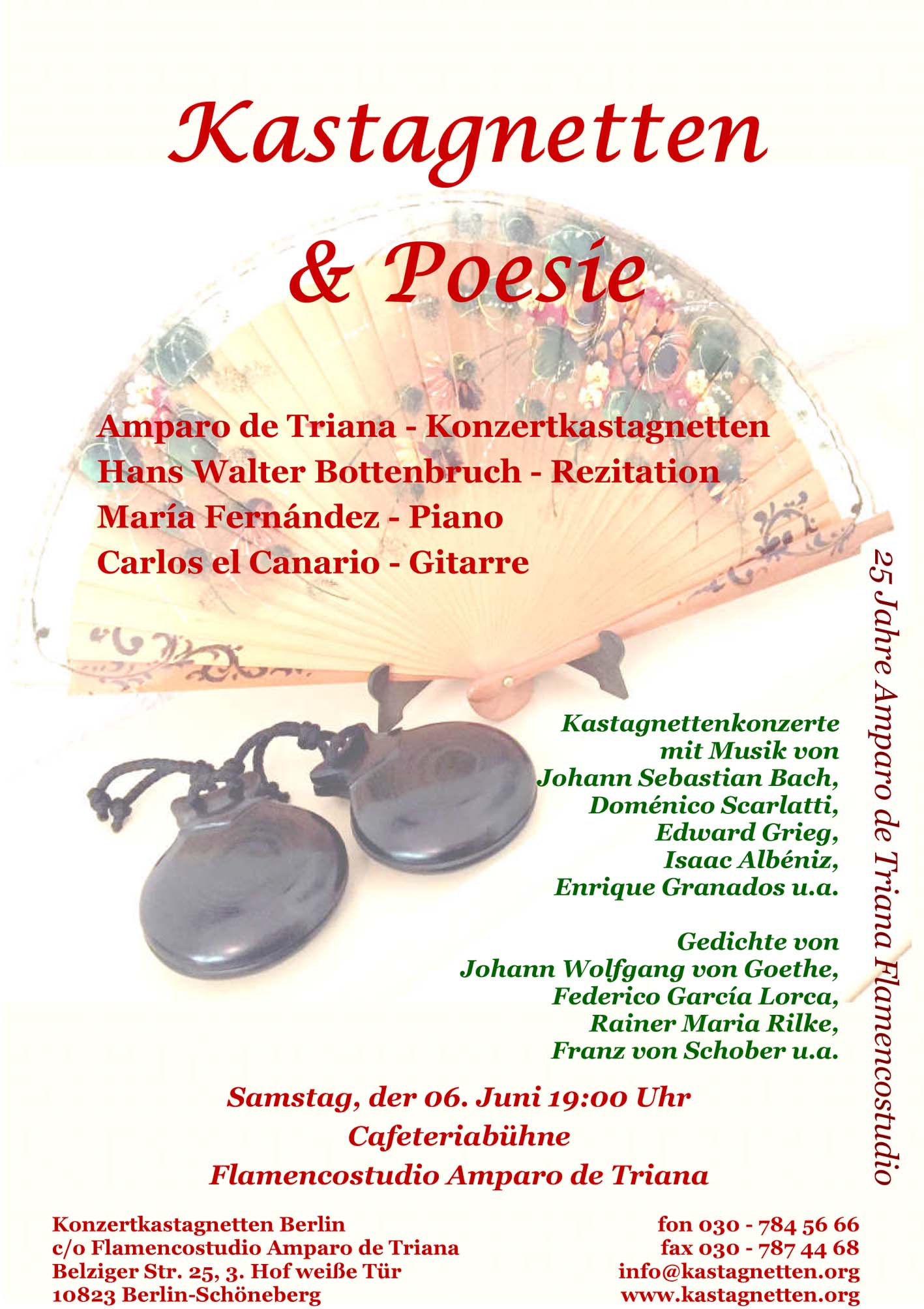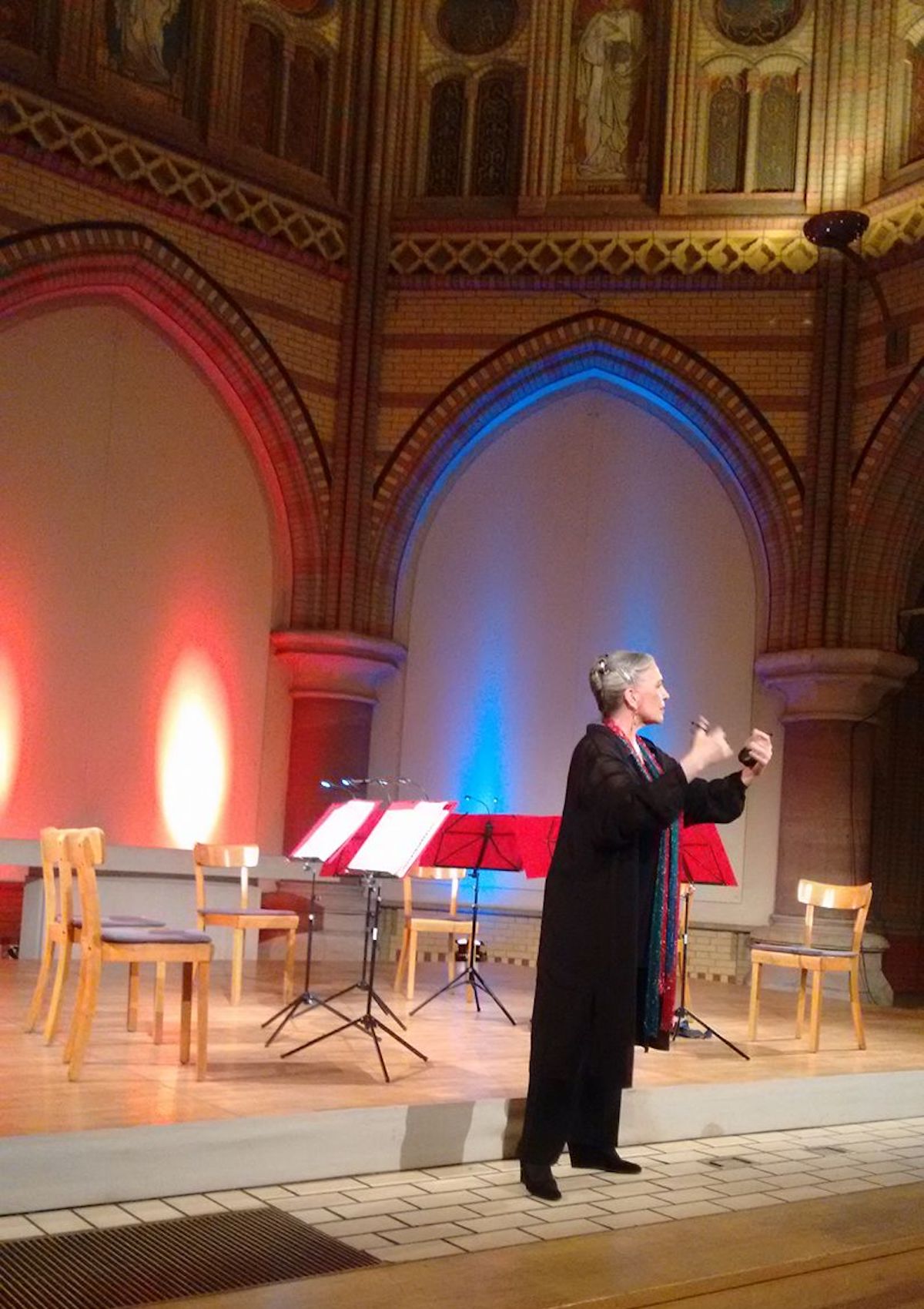La Cachucha – Spanish dances in ballets
The ‘Cachucha’ refers to a small boat and the lyrics of these dance songs almost all refer to a small boat. They originated when Cadiz defended itself against Napoleon’s troops in the period 1810-1812. It is mainly a patriotic song, danced very fast, accompanied by guitar, tambourine and castanets.
This popular dance spreads throughout Andalusia and finds its way to the dance stages the all over the world:
The Spanish stage dancers, the ‘bolero dancers’, become aware of the them. The first Spanish stage dancers to dance the cachucha in the bolero style were probably: Dolores Serral (1816-1885) and Mariano Camprubí (XIII-XIX century). They also danced the Cachucha in 1834 at the Paris Opera. And now the ballet world takes notice. It is the time of the Romantic Ballet, the ballerinas represent spirit beings, sylphs, fairies and willis, the lace dance prevails to give the impression of floating of the dancers. But also so-called national and character dances from Russia, Poland, Hungary, Italy and Spain find their way onto the ballet stages. This important phase of ballet history, the Romantic Ballet, lasts only 10 years from 1831-1841.
The important ballet pedagogue Carlo Blasis (1797-1878), director of the dance school of La Scala in Milan from 1797-1887, also describes the Cachucha in his book ‘Complete Manual of Dance’ written around 1830.
One of the leading ballerinas of the time, Fanny Elssler (1810-1884), danced the Cachucha with castanets as a solo version in 1836 and had an overwhelming success with it. She performs it in Washington in 1840 and in London, Vienna, Berlin, Brussels, Budapest, St. Petersburg, Moscow and Naples. The success sets a precedent and the Spanish stage dance with castanets finds its way into ballet productions.
From 1850 onwards, the popularity of the cachucha in Spain declined, but it continued to be part of the repertoire of the so-called Bolero School under the name ‘Boleras de la Cachucha’.
In Granada, it becomes part of the Zambras del Sacromonte with the name ‘El perdón de la novia’ (Boda gitana).





